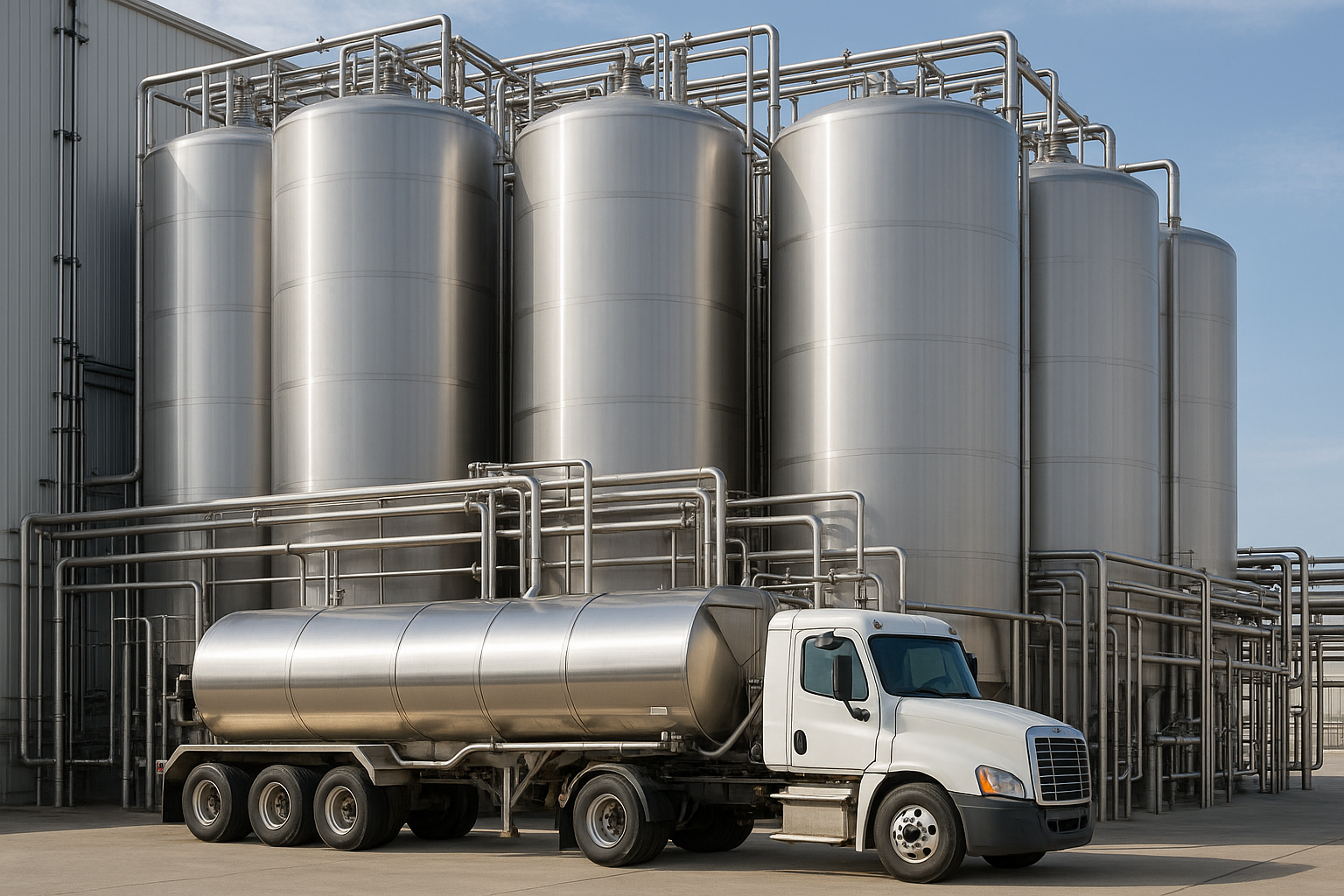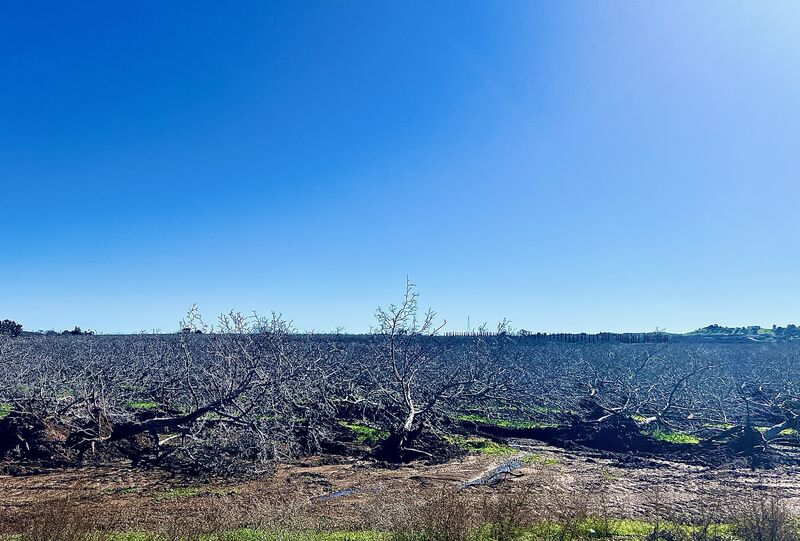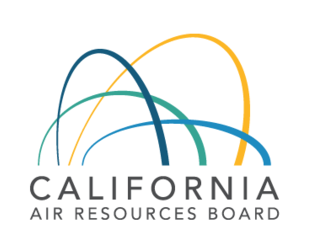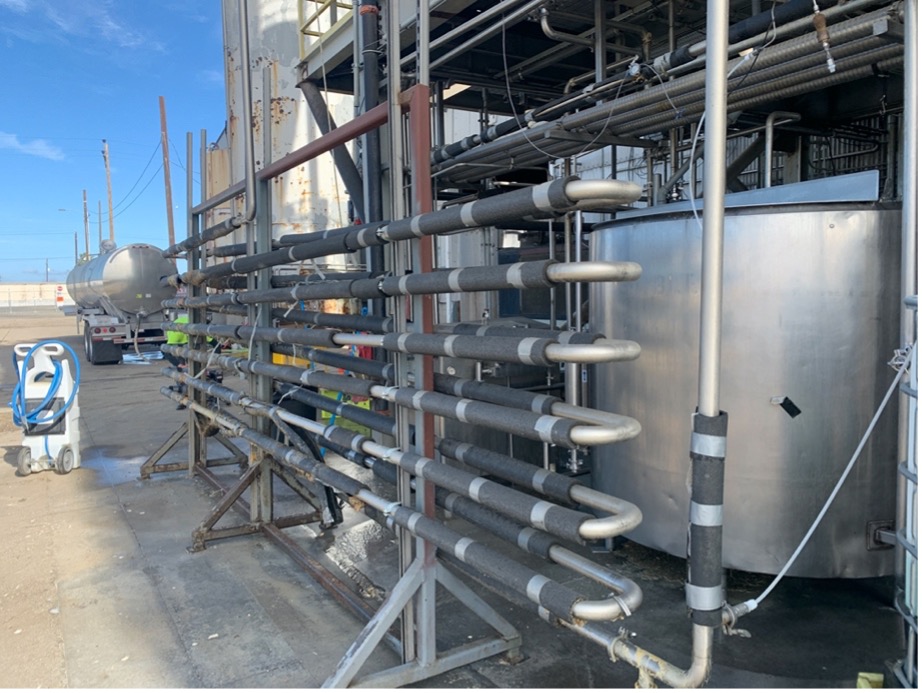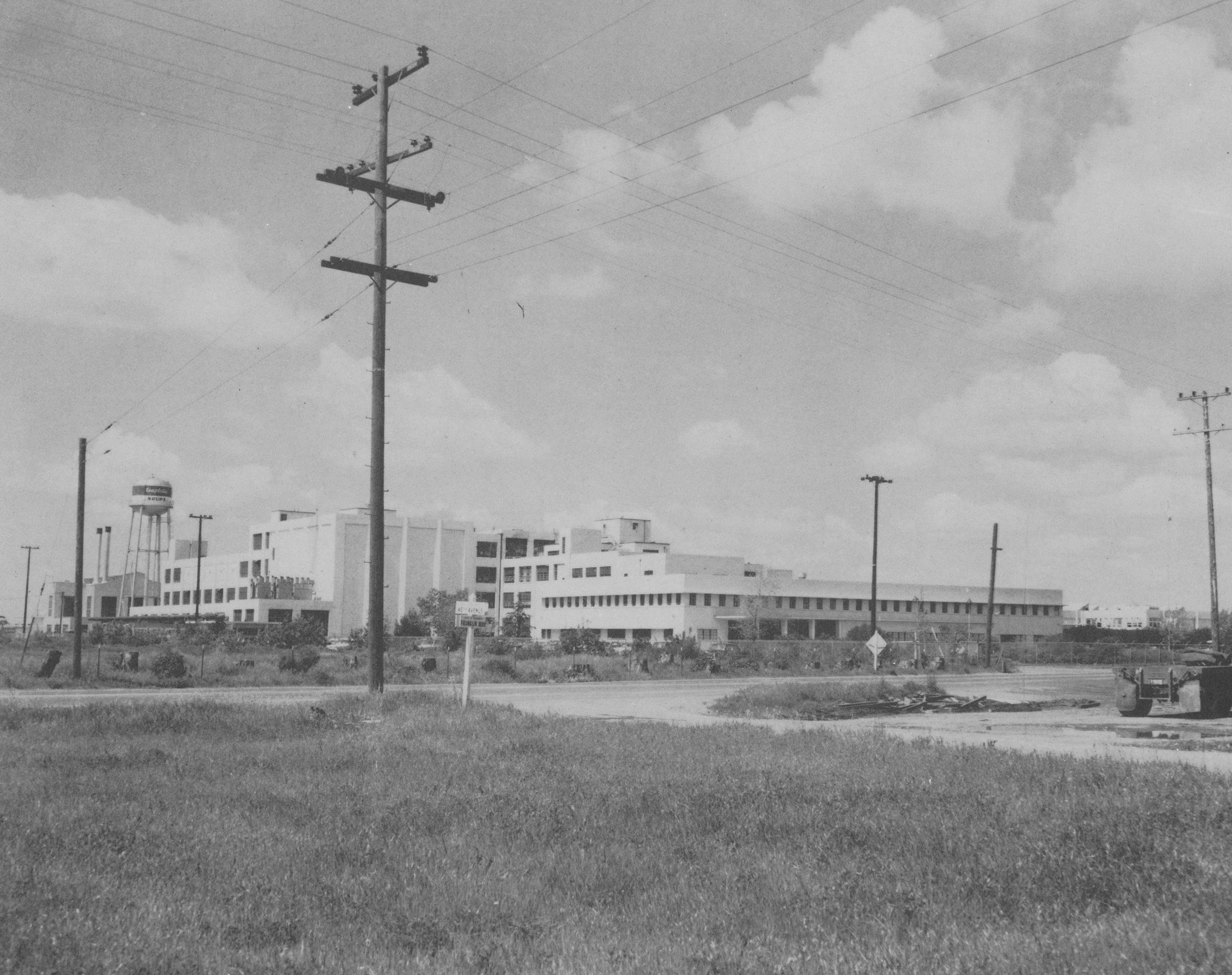Several equipment appraisal report clients have recently asked me to include information on California’s on-going drought conditions and how current and continuing conditions might affect the value of the equipment appraised.
It’s an interesting situation for an equipment appraiser to be in. As a rule, equipment appraisal reports state that the opinion of value provided is determined as of the effective date, whether current, retrospective or hypothetical (future) and that significant changes in the marketplace, for whatever reason, could make the values provided less accurate. So where does that leave the question of the weather?
Taking the drought into consideration while researching equipment values is similar to the process of taking CARB regulations into consideration and you may remember our stand on that:
“ … all indications support the conclusion that the current market has, in fact, assimilated the economic obsolescence information regarding the CARB RRP and therefore current values reflect that information. This assimilation of regulation information is supported by the lack of consensus among dealers regarding the financial weight of the regulations in the marketplace. It is worth reiterating, however, that valuations provided in this report are considered viable for the effective date only.”
What I’ve discovered in researching equipment values in a drought situation is very similar: the current market appears to have assimilated the economics of the drought and current values appear, therefore, to reflect the information available. Short answer? There hasn’t been any remarkable fluctuation in values of agricultural equipment – either up or down.
Well-drilling equipment, of course, has a different story. Recent research performed for appraisals of equipment for well-drilling firms indicates, as you might expect, that values for well-drilling equipment have gone up. Not surprising with the increased demand for well-drilling services throughout California. Again, the current market appears to have assimilated the economics of the drought …
Central Valley farmers (Sacramento Valley and San Joaquin) have traditionally relied upon heavily subsidized surface water from manmade reservoirs in the Sierra and the Coastal range. Generally, larger reservoirs in the Sierra Nevada Mountains serve farms in the eastern side of the valley while growers in the western portions of the valley are served by reservoirs in the coastal range, which tend to be smaller and so more devastated by the drought. In addition to this reservoir difference, there’s also the water rights disparity: rights in the eastern portion of the valley are senior to rights in the western part. Given these two factors, it’s no surprise that effects of the drought are most severe in the western portions of the Valley. There’s also the variation in rainfall north to south: the southern Sierra in the San Joaquin area has historically received less rainfall than the northern Sierra, which is closer to the rice growing regions around the upper Sacramento Valley.
Down in southern California, the Imperial Valley has its own particular drought pattern. I won’t be going into detail about that here. Suffice it to say that although all of California agriculture is suffering from the drought, the suffering is not uniform and consistent.
Due to the drought, many water allocations in the Central Valley from state and federal reservoirs have been dramatically reduced while others have not been reduced at all. An estimated 420,000 acres of farmland went unplanted this year (2014), or about 5 percent of the total. The water allocations for 2015 will not be known until the middle of April. While it is impossible to guess what that may look like, experts agree that another year of low water allocations is likely. Another side effect of the drought is that farmers who in past years have grown both annual crops such as rice and permanent orchard crops are forced to distribute all of their water allocation to the permanent plantings just to keep then alive.
Due to unreliability of water allocations in certain water districts many farmers are aggressively putting in agricultural wells. Those well-drilling firms mentioned earlier? Many of them are booked out 1.5 to 2 years in advance. Currently there is no regulation on ground water drilling in the Valley; as a result there is a trending transition away from surface water to ground water. Farmers I’ve spoken with are adding wells annually. Additionally, many farmers are investing in water saving irrigation technology such as drip and micro sprinklers. A recent AgAlert article states that California’s farmers and ranchers have invested more than $3 billion in drip irrigation technology in the past decade.
Visiting the Colusa Farm Show recently, I was struck by the new technology in irrigation as well as the addition of relatively new water recovery equipment such as FlowPress, designed to reclaim water from slurries in industries such as agriculture, dairy, food processing, and aggregates, mining and dredging.
One thing we may be able to count on, whether the drought continues or breaks, is that the ingenuity and determination of farmers and their equipment suppliers to develop and implement new systems, technology and equipment to use every drop of water as efficiently as possible.
Jack Young, ASA, CPA
NorCalValuation.com
